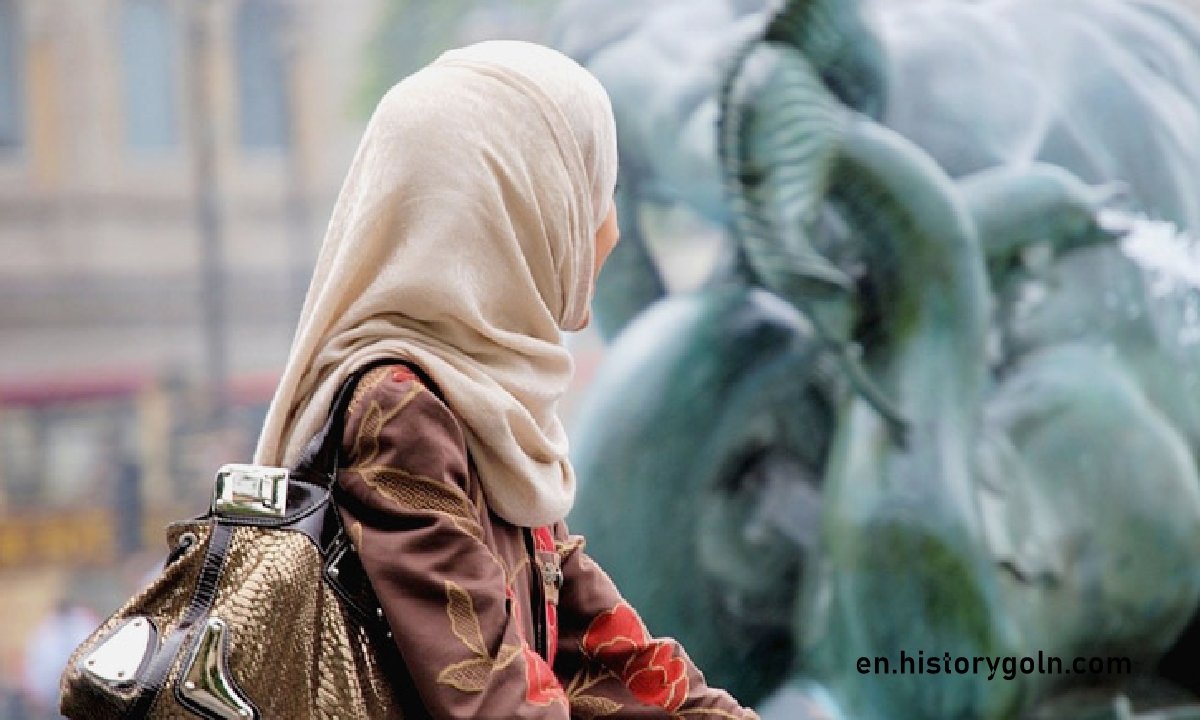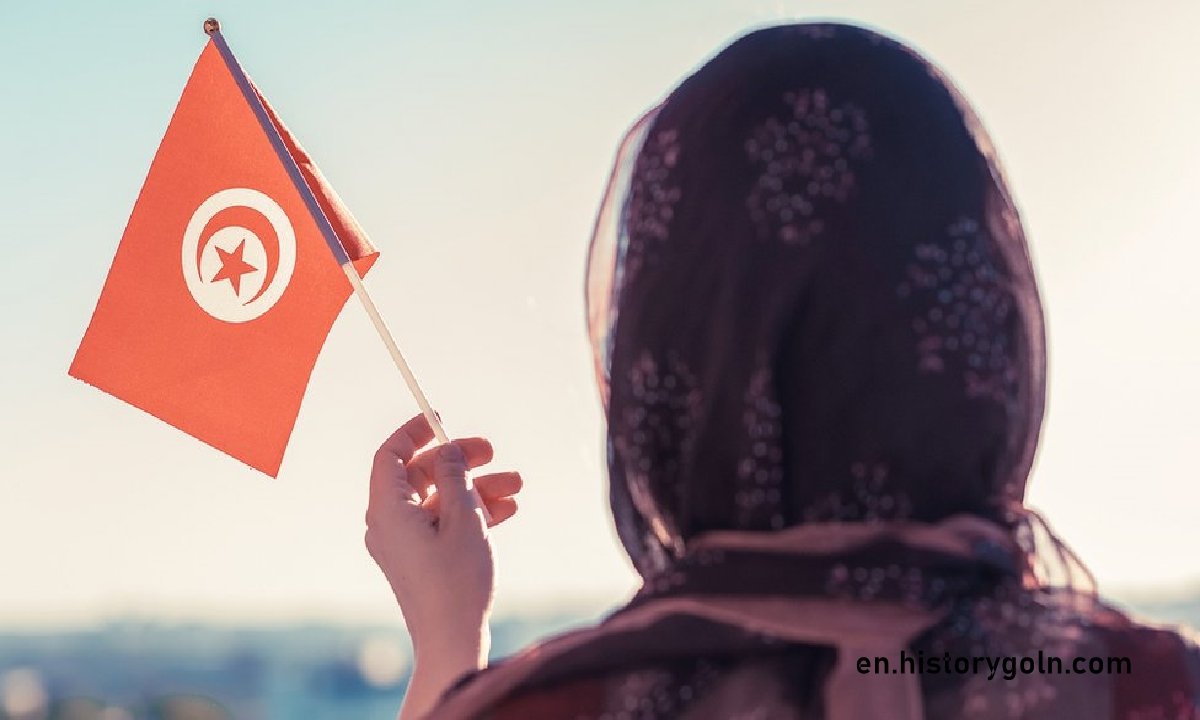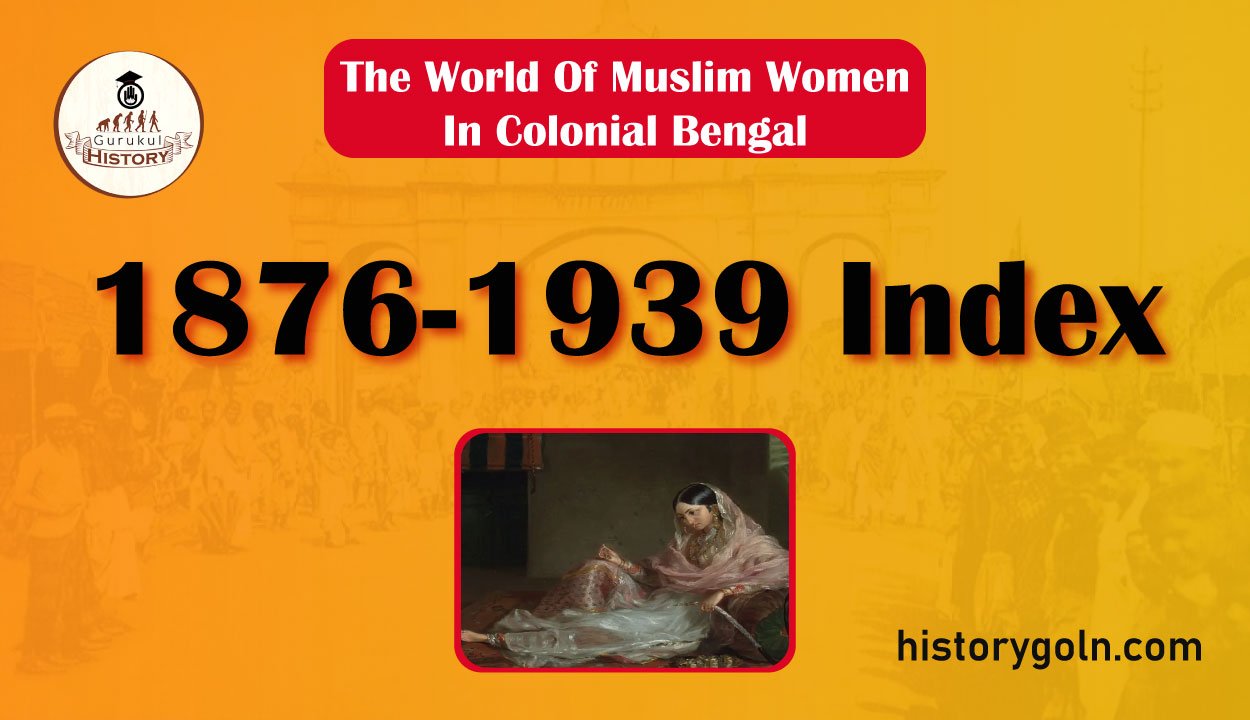Today our topic of discussion is The World Of Muslim Women In Colonial Bengal: 1876-1939 Index . In broad terms this thesis belongs to studies on the cultural context of modernization in Bengal from the late nineteenth to early twentieth cent- uries. So far, researchers studying the cultural, economic, political and social aspects of ‘modernization’ in Bengal with reference to the nineteenth century ‘Renaissance’, the great Reform Movements, and the Women’s Awa- kening throughout the century have overlooked the question of Muslim women.
In specific terms, this study focuses on the emergence of the Muslim ‘gentlewoman’ or bhadromohila in colonial Bengal and links it with the broader reform movements of the time emanating from the Brahmo, Hindu and Islamic discourses.
It also seeks to establish that this emergence as a cultural process was located within a larger socio-cultural reorien- tation of the upper/middling strata of Bengal Muslims, concurrent with the growth of the middle class itself, and that this process was symptomatic of a move towards an indigenous mode termed ‘Bengalicization’.
The World Of Muslim Women In Colonial Bengal: 1876-1939 Index

CHAPTER I – Reform Movement In A Colonized Society
CHAPTER II – The Traditional Family
- Structure Of The Traditional Family
- Patriarchy And The Muslim Family
- The Andarmahal
- Daily Life In The Andarmahal
- Birth And Childhood
- Role Models
- The Punthi Tradition
- Biographies Of Traditional Family
- Didactic Manuals
- Puberty And preparations For Marriage
- Selecting A Bride
- Age At Marriage
- The Wedding Ceremony
- Muslim Marriage
- Marital Rights And Duties
- The Practice Of Polygamy
- The Traditional Family Sexuality
- Sexuality In Islamic Ideology
- Inheritance in Traditional Family
- The Ghar And The Bahir

CHAPTER III – The Family In Transition
- The Family In Transition
- The Rise Of Domestic Ideology
- Separation Of Spheres
- Colonial Bengal Motherhood
- Romantic Love: Priya
- Limits To Domestic Ideology
- Changing Notions Of Sexuality
- Changes In the Domain Of Marriage
- Age At Marriage
- Marriage and the Bhadromohila
- Dissolution of Marriage
- Dress and Ornaments
- Transition to Nuclear Type Families
CHAPTER IV – Rise Of Formal Education
- Rise Of Formal Education
- Traditional Education In Bengal
- Nineteenth Century Educational Reform
- Normal Schools: Calcutta
- Rokeyas Memorable Legacy in Calcutta
- Early Schools in Dhaka
- Normal Schools
- Musulman Suhrid Sammilani
- Eden Girls School and College
- The Abiding Contribution of Dipali Sanghat
- A College for Muslim Girls
- Formal Education and Making of the Bhadromohila
CHAPTER V – The Idea Of Education
- The Idea Of Education
- The Conservatives
- The Centrists
- The Muslim Liberals
CHAPTER VI – Growth Of Creativity Among Muslim Bhadromohila
- Growth Of Creativity Among Muslim Bhadromohila
- The Beginning
- Twentieth Century Social Criticism
- Fiction: Domesticity and Love
- Poetry: The Romantic Tradition
- Literary Activities: A Space for Women

CHAPTER VII – The New Woman In Literature
- The New Woman In Literature
- Victorian and Edwardian Roots
- Discursive Influences
- The Brahmo Discourse
- The Texts
CHAPTER VIII – Conclusion
The traditional role of Muslim women was greatly transformed by the early twentieth century. Between the times of Faizunnessa (1834-1903) and Fazi- latunnessa (1905-1976), a new type of social personality, the bhadromohila was born.
This transformation occurred within a broader cultural process: Bengalicization which implied a new mode of gentrification whereby the traditional shurafa made way for the middle class bhadro sampraday. The complex change in the social structure of colonial Bengal had various rami- fications – economic, political, religious and cultural.
The world of Muslim women in Bengal changed visibly. Women were no longer dwellers of the andarmahal only. They now had access to education. their role within the home assumed new forms. Their relationship in marri- age and perception of domesticity, motherhood and love, underwent change as well, as did the ideology circumscribing all of these.
Equipped with a new ability to articulate, women now started to express themselves in writing and were soon to embark, in limited measure, upon jobs and care- ers, the very respectable ones at first. The context, i.e., the historical (material and ideological) canvas on which the great changes affecting the modern Muslim gentlewomen, was etched out, has been reviewed briefly in the first chapter to their unfolding story.
The structures of the traditional family and life in the andarmahal has been traced in the second chapter. A distorted notion of seclusion designed to control women’s sexuality coupled with the fact that upper class women had no economic or social role in the public domain, led to a total separa- tion of the public and private spheres in sharif society.
But no form of power and control is isolated from resistance to it which generates in its turn an impetus to change. The third chapter picked up the narrative thread from the beginning of the twentieth century, when existing family structures started to break down as they came under the pressure of a new set of economic and ideological factors.
The development of a middle class salariat that had prepared itself through ‘western’ educa- tion, and the gradual replacement of the landed gentry with a professional one necessitated new familial arrangements.
Exposure to the ideas of post enlightenment Europe and a desire to appear ‘modern’ and ‘civilized’ vis-a- vis the status of women, made the Muslim gentry question existing struc- tures and relationships polygamy, child marriage, concubinage and the subservience of woman to her in-laws, etc.
All of this took place within the rise of a new domestic ideology with its roots partially at least in Victorian England. This new ideology had circumscribed the lives of Brahmo women in an earlier age. Reform measures reflected the change in mentality regarding women’s role in the family.
As the family was the most important domain in a woman’s life (perhaps the only one) the changes affected women profoundly and acted as a great catalyst in producing the new bhadromohila who gradually replaced the traditional mistress (usually mother in law) of the upper class home. The third chapter addressed the
See more:
